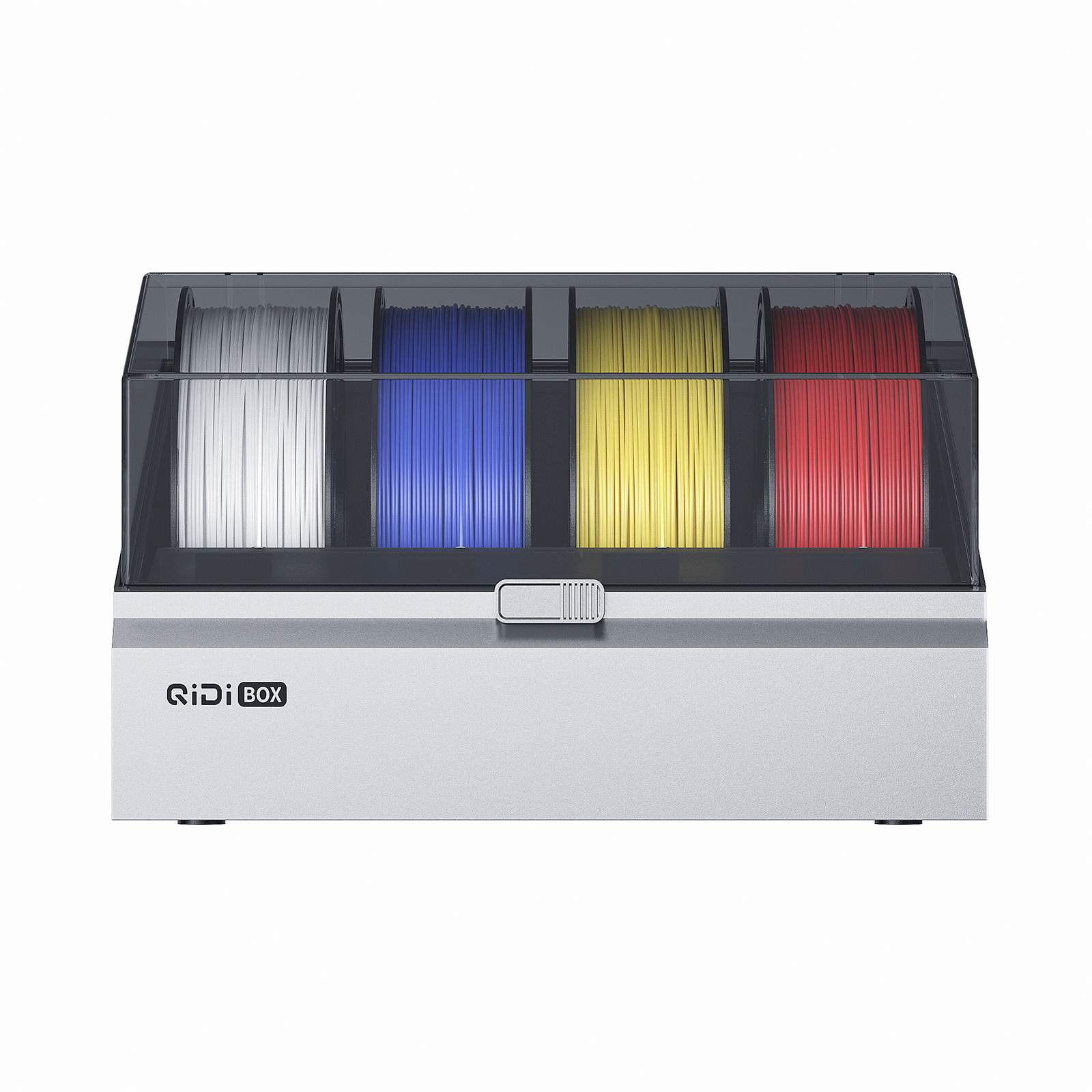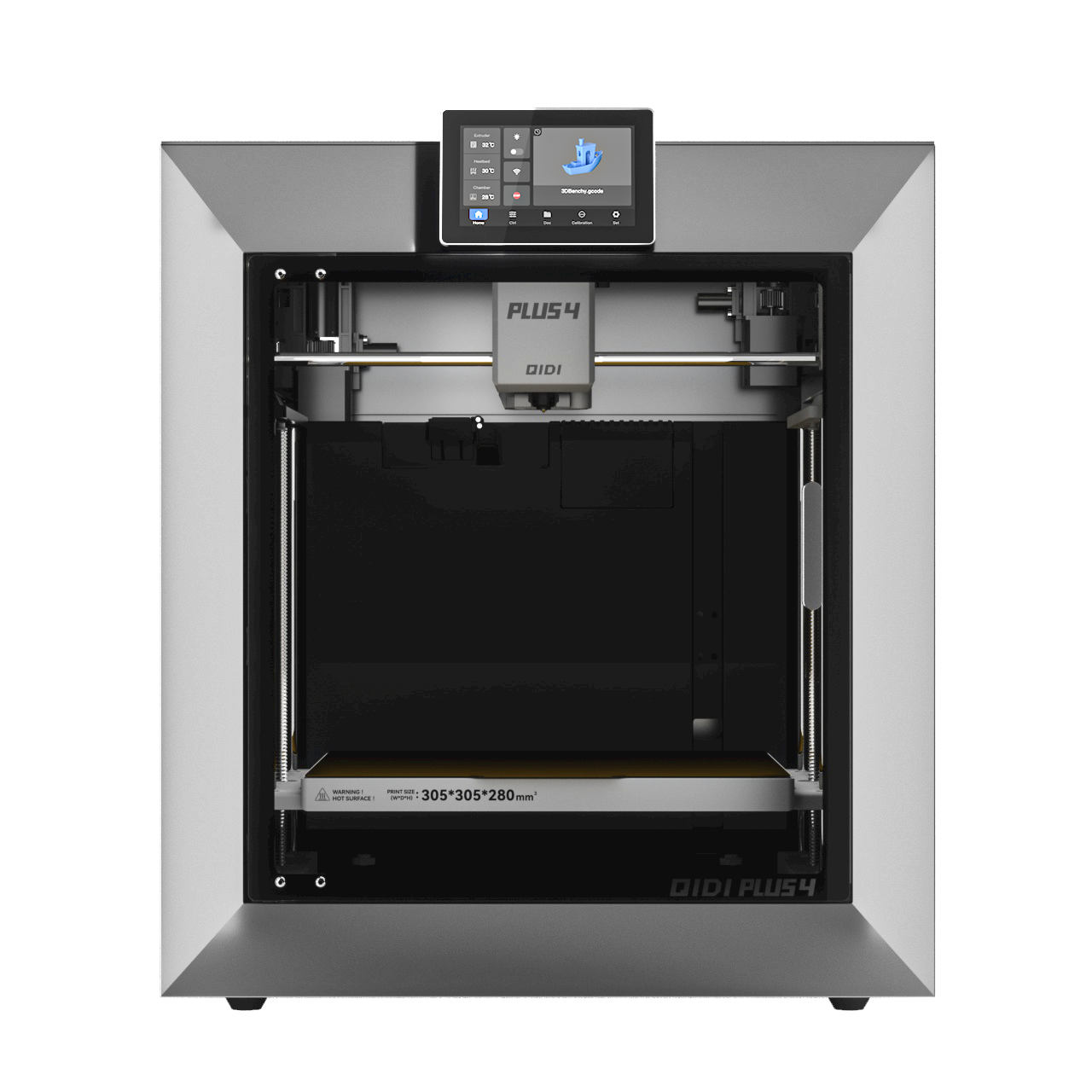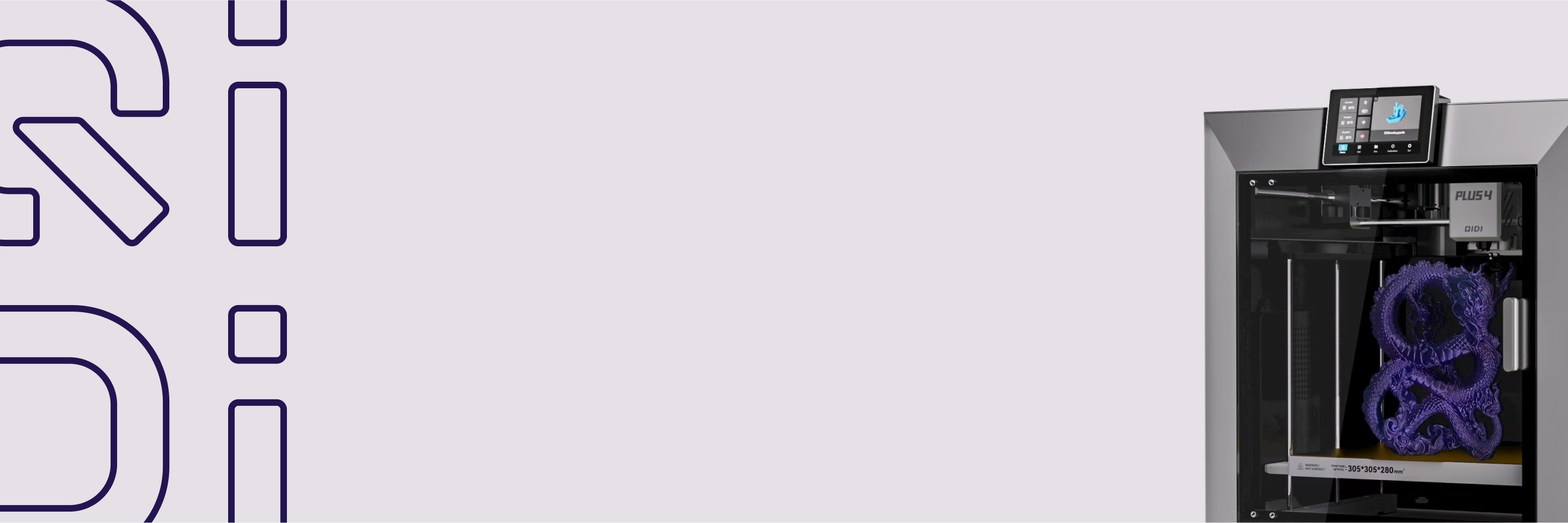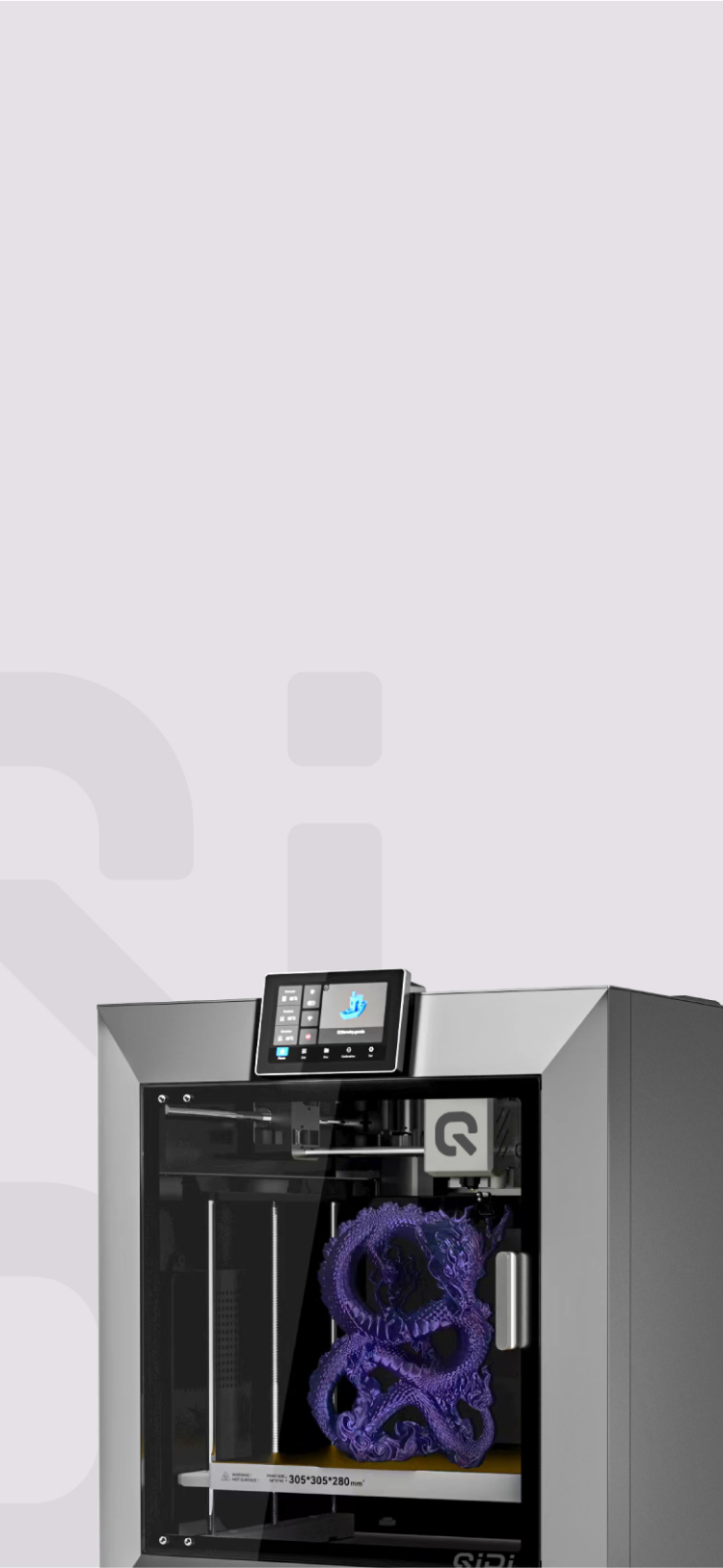Was ist eine 3D -Druckfarm?

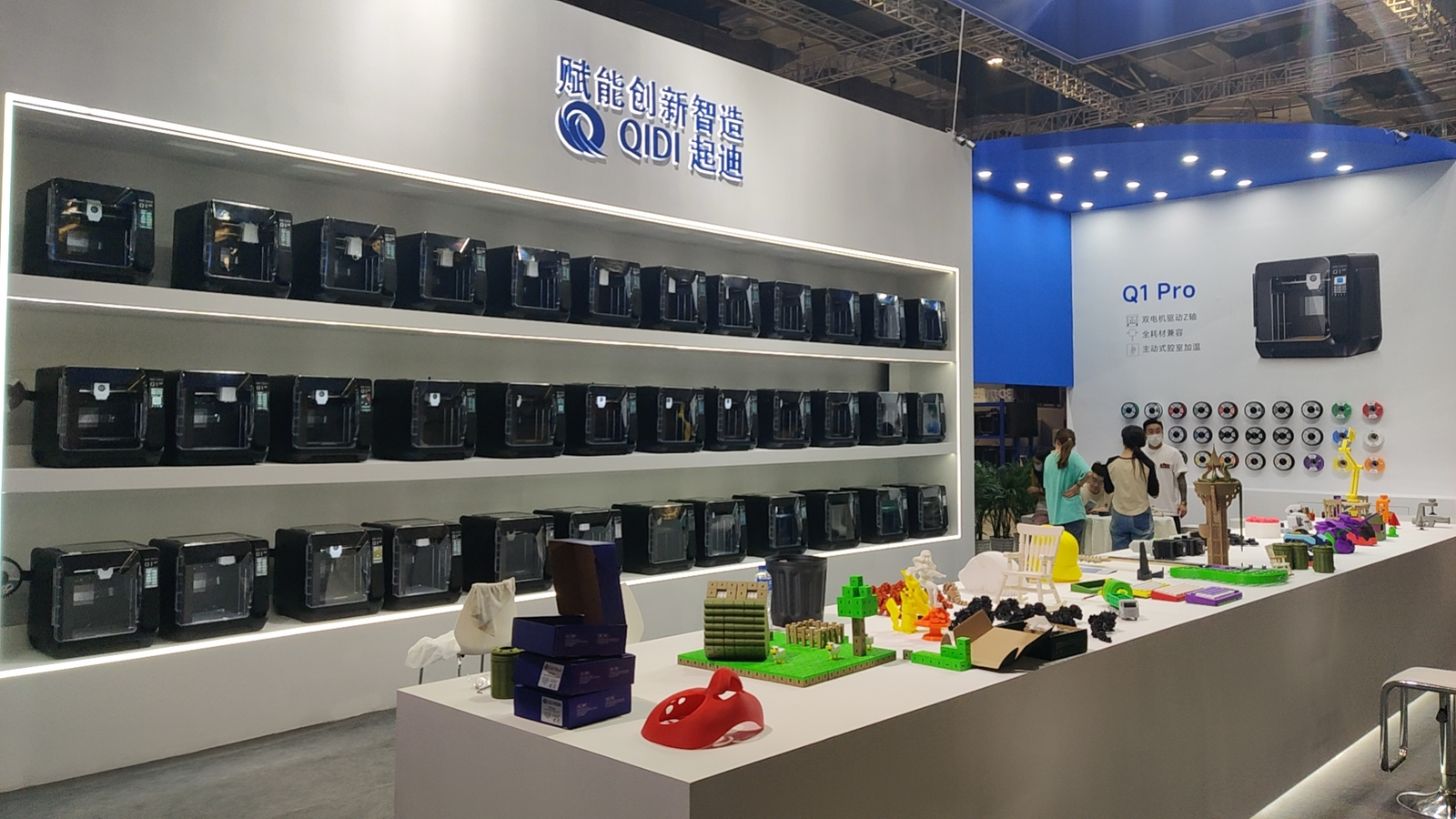
Eine 3D-Druckfarm ist ein Ort, an dem viele 3D-Drucker zusammenarbeiten, um Dinge herzustellen. Aus kleinen Werkstätten mit nur wenigen Desktop-Druckern haben sich diese Orte zu professionellen Produktionszentren entwickelt, die Produkte für ein breites Spektrum an Branchen herstellen, von medizinischen Geräten bis hin zu Konsumgütern. Heutzutage verfügen 3D-Druckfarmen über Drucker, Software und geschulte Mitarbeiter, um schnell Dinge herzustellen. Sie sind ein wichtiger Bestandteil der modernen Fertigung, da sie Unternehmen eine nützliche Möglichkeit bieten, schnell und präzise maßgeschneiderte Produkte herzustellen.
Was ist eine 3D-Druckfarm?
Eine 3D-Druckfarm ist eine Produktionsanlage mit mehreren 3D-Drucker (normalerweise 10–100 Einheiten) unter zentraler Verwaltung. Es fungiert als koordiniertes Fertigungssystem, in dem zahlreiche Drucker gleichzeitig Teile und Produkte herstellen.
Kernfunktionen
- Zentralisierte Druckerverwaltung
- Fähigkeit zur Serienproduktion
- Automatisierte Workflow-Systeme
- Standardisierte Qualitätskontrolle
- Kontinuierliches Betriebsmodell
Skalenkategorien
- Kleiner Bauernhof: 10-30 Drucker
- Mittlere Farm: 31-60 Drucker
- Großer Bauernhof: 61–100+ Drucker
Produktionsarten
- Massenanpassung
- Kleinserienfertigung
- Prototypenentwicklung
- Ersatzteilproduktion
Dieser Fertigungsansatz kombiniert die Flexibilität des 3D-Drucks mit Produktionskapazitäten im industriellen Maßstab und ermöglicht so effiziente und skalierbare additive Fertigungsvorgänge.

Schlüsselkomponenten für eine 3D-Druckfarm
Für den Erfolg einer 3D-Druckfarm müssen drei Schlüsselfaktoren zusammenspielen: zuverlässige Hardware, effektive Software und die richtige Infrastruktur. Jeder Teil trägt seinen Teil dazu bei, dass alles reibungslos läuft und das Ergebnis gut ist.
Hardware für Produktion und Verarbeitung
Verschiedene Arten von vielseitige Drucker bilden das Herzstück jedes 3D-Druck-Unternehmens. Fused Deposition Modeling (FDM)-Drucker sind beliebt, weil sie zuverlässig und kostengünstig sind. Sie verwenden Kunststofffilamente, um Dinge Schicht für Schicht aufzubauen. Stereolithografie-Drucker (SLA) ermöglichen mit flüssigem Kunststoff und UV-Licht einen detailreicheren Druck und eignen sich daher perfekt für die Herstellung präziser Teile. Zum Abschluss des Produktionsprozesses benötigen die meisten landwirtschaftlichen Betriebe außerdem Nachbearbeitungswerkzeuge wie Reinigungsstationen, Aushärteräume und Endbearbeitungswerkzeuge.
Software für Steuerung und Design
Es gibt zwei Arten von Software, die für einen reibungslosen Betrieb von Druckereien sorgen. Management-Software überwacht Druckaufträge, prüft den Status der Drucker und plant die Produktion für mehrere Maschinen. Teams können Design-Tools verwenden, um 3D-Modelle zu erstellen, zu ändern und druckfertig zu machen. Einige beliebte Design-Programme sind CAD-Software zum Erstellen technischer Zeichnungen und Slicing-Software zum Umwandeln von 3D-Modellen in Druckeranweisungen.
Infrastruktur zur Betriebsunterstützung
Eine durchdachte Raumaufteilung ist für einen reibungslosen Betrieb unerlässlich. Der Raum muss so organisiert sein, dass es separate Bereiche für Druck, Nachbearbeitung und Materiallagerung gibt. Die Kontrolle der Umgebung ist sehr wichtig. Eine stabile Raumtemperatur verhindert Probleme mit Verzug, und eine gute Belüftung entfernt Dämpfe und sorgt für eine hohe Luftqualität. Das Gebäude sollte außerdem über die richtigen elektrischen Systeme für mehrere Drucker und genügend Licht für die Qualitätskontrolle verfügen.
Tägliche Abläufe in einer 3D-Druckfarm
Dateiüberprüfung und Druckeinrichtung
Der Arbeitsablauf beginnt mit einer gründlichen Überprüfung von CAD-Dateien um die Integrität und Herstellbarkeit des Designs sicherzustellen.Mithilfe hochentwickelter Slicing-Software optimieren Techniker die Druckparameter unter Berücksichtigung von Materialeigenschaften und Qualitätsanforderungen. Vor Produktionsbeginn erstellt das System einen strategischen Zeitplan, der die Druckerauslastung maximiert. Gleichzeitig wird der Materialbedarf präzise berechnet und die Bauplattformen sorgfältig gereinigt und kalibriert.
Drucküberwachung und -steuerung in Echtzeit
Nach Abschluss der Vorbereitung werden die G-Code-Dateien systematisch an die entsprechenden Drucker verteilt. In der Anfangsphase ist besonderes Augenmerk auf die Haftung der ersten Schicht zu legen, da sie die Grundlage für einen erfolgreichen Druck bildet. Das zentrale Managementsystem protokolliert umfassend die Druckerauslastung und Leistungskennzahlen.
Oberflächenbehandlung und Qualitätsprüfung
Nach Abschluss des Druckvorgangs führen erfahrene Techniker eine Reihe von Feinschliffen durch. Der Prozess umfasst die sorgfältige Teileentnahme, die präzise Entfernung von Stützstrukturen und systematische Oberflächenveredelungen. Qualitätssicherungsspezialisten führen gründliche Dimensionsanalysen und Sichtprüfungen durch, gefolgt von strengen Funktionsprüfungen. Der letzte Schritt umfasst die professionelle Verpackung und systematische Etikettierung, um die Produktintegrität während des Transports zu gewährleisten.
Produktionsaufzeichnungen und Rückverfolgbarkeitssystem
Die Führung detaillierter Aufzeichnungen bildet das Rückgrat der Qualitätssicherung. Das System archiviert umfassende Druckparameter, Prüfdaten und Testergebnisse in einer zentralen Datenbank. Jedes Produkt erhält eine eindeutige Rückverfolgbarkeitsnummer, die eine lückenlose Nachverfolgung der Produktionshistorie ermöglicht. Die Kundenabnahmedokumentation wird mit größter Sorgfalt erstellt, während nicht konforme Artikel zur kontinuierlichen Prozessverbesserung einer gründlichen Analyse und Dokumentation unterzogen werden.

Kommerzielle Anwendungen von 3D-Druckfarmen
Rapid Prototyping für die Produktentwicklung
Entwicklungsteams nutzen Druckereien, um ihre Designzyklen durch die schnelle Erstellung von Prototypen zu beschleunigen. Innerhalb von 24 bis 48 Stunden können Designer mehrere Iterationen komplexer Komponenten evaluieren und so herkömmliche Entwicklungszeiten deutlich verkürzen. Dieser schnelle Feedback-Kreislauf ermöglicht es Unternehmen, Produkte zu verfeinern, bevor sie in teure Werkzeuge investieren, und gleichzeitig mehrere Designvarianten parallel zu testen.
Medizinische und zahnmedizinische Anpassung
Der Gesundheitssektor nutzt Druckereien zur Herstellung patientenspezifischer medizinischer Geräte und anatomischer Modelle. Dentallabore fertigen täglich Hunderte einzigartiger Aligner, während Prothesenhersteller individuelle Prothesenpfannen und Orthesen herstellen. Jedes Teil wird präzise auf die individuellen Maße des Patienten zugeschnitten, um optimale Passform und Funktionalität bei gleichbleibender Produktionsqualität auch bei großen Stückzahlen zu gewährleisten.
On-Demand-Fertigungslösungen
Druckereien zeichnen sich durch die Produktion kleiner bis mittlerer Auflagen von 50 bis 5.000 Stück aus. Diese Fähigkeit erweist sich insbesondere bei Spezialteilen für die Automobilindustrie, Architekturkomponenten und industriellen Ersatzteilen als wertvoll. Unternehmen können virtuelle Lagerbestände pflegen und Komponenten nur auf Bestellung produzieren. Dadurch entfallen Lagerkosten und das Risiko der Veralterung wird reduziert. Dank dieser Flexibilität können Hersteller ihre Produktionsmengen schnell an die aktuelle Marktnachfrage anpassen.
Geschäftsvorteile von 3D-Druck im großen Maßstab
Skalierbare Produktionskapazität (10–100 Maschinen)
Eine gut organisierte Druckerei kann mehrere Kundenprojekte gleichzeitig bearbeiten, wobei der Durchsatz mit jedem zusätzlichen Drucker linear skaliert. Unternehmen können innerhalb desselben Workflow-Systems von 10 auf 100 Maschinen erweitern und dabei eine gleichbleibende Qualität gewährleisten und gleichzeitig die Produktionskosten pro Einheit senken.Diese Skalierbarkeit ermöglicht eine schnelle Reaktion auf Marktschwankungen und die Möglichkeit, die Kapazität innerhalb von Stunden statt Wochen zwischen verschiedenen Produktlinien umzuverteilen.
98 % Materialausnutzungsrate
Der modulare Aufbau von Druckfarmen bietet gegenüber herkömmlichen Fertigungsverfahren überzeugende finanzielle Vorteile. Die Anfangsinvestitionen können bei etwa einem Zehntel der Kosten einer Spritzgussanlage beginnen und bieten gleichzeitig eine höhere Produktflexibilität. Durch optimierte Teileausrichtung und Stützstrukturen wird eine Materialeffizienz von bis zu 98 % erreicht. Damit übertrifft es herkömmliche subtraktive Fertigungsverfahren, bei denen typischerweise 60–70 % der Rohstoffe verschwendet werden, deutlich.
Fertigungsmöglichkeiten für komplexe Geometrien
Moderne Druckereien eröffnen bisher unerreichbare Designmöglichkeiten und ermöglichen die Herstellung integrierter Baugruppen, die traditionell aus mehreren Teilen bestehen. Ingenieure können nun interne Kühlkanäle, komplexe Gitterstrukturenund organische Formen, die sowohl Form als auch Funktion optimieren. Diese Designfreiheit ermöglicht es Unternehmen, einzigartige Marktangebote zu entwickeln, die sich von Massenprodukten abheben und gleichzeitig wettbewerbsfähige Preise bieten.

Herausforderungen und Überlegungen beim 3D-Druck landwirtschaftlicher Betriebe
Probleme mit der Zuverlässigkeit der Ausrüstung
Die meisten Druckereien kämpfen mit Maschinenausfallzeiten und Qualitätsschwankungen. Regelmäßige Wartung ist unerlässlich - Düsen auf Verschleiß prüfen und stellen Sie sicher, dass die Schienen nach Bedarf geschmiert werden.
Hohe Anlaufkosten
Eine einfache Druckerei mit 25 Maschinen erfordert eine Anfangsinvestition von 11.000 bis 20.000 US-Dollar. Zum Beispiel mit dem
Anforderungen an die Mitarbeiterschulung
Der Betrieb einer Druckerei erfordert spezielle Kenntnisse in Mechanik, Materialienund Software. Stellen Sie pro 20 Maschinen einen erfahrenen Techniker bereit. Neue Mitarbeiter benötigen 80–120 Stunden Grundausbildung sowie vierteljährliche Weiterbildungen. Planen Sie jährlich 5–7 % für die Weiterbildung und Zertifizierung Ihrer Mitarbeiter ein.

Bauen Sie eine erfolgreiche 3D-Druckfarm!
Eine 3D-Druckfarm ist eine Gruppe von fortschrittliche Drucker Die Zusammenarbeit ermöglicht flexible Produktionsmethoden. Die Gründung einer solchen Farm ist zwar teuer (11.000 bis 20.000 US-Dollar), kann aber erfolgreich sein, wenn die Ausrüstung gut verwaltet, das Personal geschult und mindestens 65 % der Kapazität ausgelastet werden. Regelmäßige Wartung und qualifizierte Techniker sorgen für einen reibungslosen Betrieb der Farm, sodass sie ein breites Spektrum an Branchen bedienen kann, von der Medizintechnik bis zum Prototyping.

 Q2
Q2
